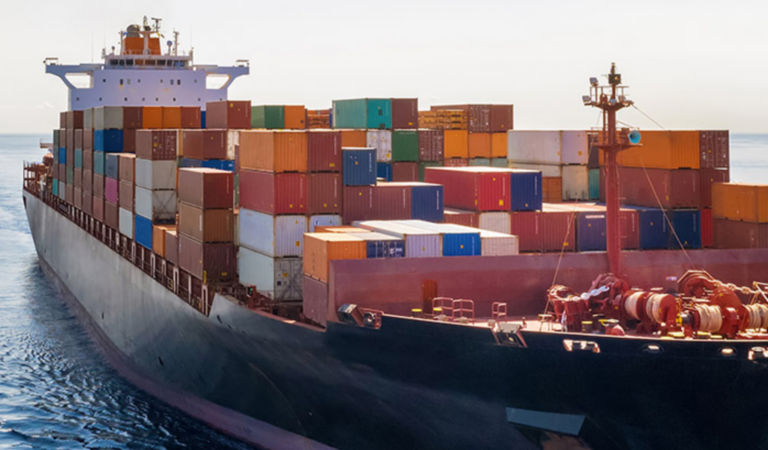On the labor market front, overreliance on cheap labor in China or Asia more broadly is likely being reconsidered. Companies are also seeking new ways to scale production, looking for alternative sources of labor, and focusing more on the human element of the decisions they make.
Several other factors indicate that corporate supply chains will continue to evolve. The focus on sustainable investments is forcing a rethink of physical risk related to water shortages, hurricanes, and other factors, suggesting a drive for more geographic diversification. In addition, the accelerated move toward automation is changing the types of inputs companies will have to source from their suppliers for future production. Both of these factors add to the need for companies to reevaluate suppliers, understand all the links in a vertically integrated process (instead of relying on outsourcing of operations to suppliers), and consider regional hubs of production as well as diversification of inputs.
Critically, the Russia/Ukraine conflict put the spotlight on the need to plan for energy and food security. This is especially true in Europe, which has been hardest hit by the crisis, but is evident in other countries as well. The coming decade could well see the unleashing of a capital expenditure cycle led by government spending in these areas of strategic importance. This could be an enduring shift that lifts nominal growth in many parts of the global economy where it has been weak for a long time. This, in turn, would imply somewhat higher interest rates over time.
How companies and economies could be affected
I believe the macro impact of supply-chain reorganization will last for many years, creating uncertainty and a variety of winners and losers at the country and company level. For example, I think the potential winners could include:
- Countries that are geographically closer to the core developed markets, such as Mexico and parts of Eastern Europe
- Countries that are geopolitically aligned — parts of Asia, for example
- Strategic industries, such as the semiconductor industry and industries related to climate-change adaptation
On the other hand, the potential losers are likely to include:
- Countries engaged in geopolitical conflict (both sides)
- Countries that are more vulnerable to the effects of climate change
- Companies in strategic industries that have exposure to geopolitical conflict
In aggregate, profitability could be negatively impacted with companies needing to find alternative sources of efficiency gains rather than relying on previously cheap input costs. While cyclical pressures should bring goods prices and aggregate inflation lower in coming months, it is worth considering whether a shifting geopolitical landscape means the end of the deflationary forces that prevailed for a prolonged period before the pandemic.
Finally, the repeating nature of these disruptions will bring forth government intervention. Active government policies on climate change, energy and food security, health management, national security, transport, and labor force development are likely to be themes that resonate over the coming decade.






















